Table of Contents
Ceylon vs Cassia: Key Differences Explained
Ceylon and Cassia are the two primary cinnamon types, but they differ significantly in health implications, flavor profiles, and culinary applications. Cassia cinnamon contains high levels of coumarin—a compound that can cause liver damage with regular consumption—while Ceylon cinnamon has negligible coumarin levels, making it the safer choice for daily use. Here's what you need to know to select the right cinnamon for your kitchen.
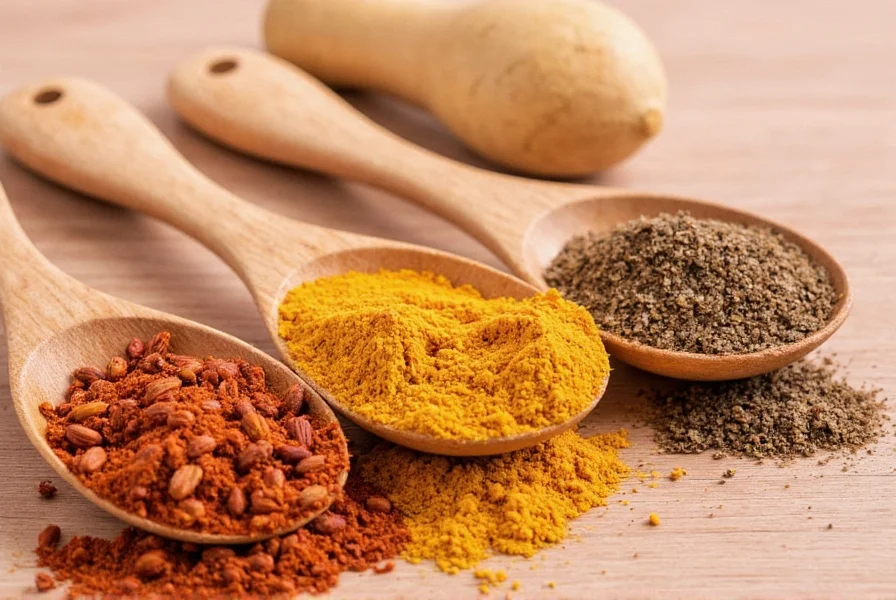
Understanding Cinnamon Types: Ceylon, Cassia & Subtypes
While "cinnamon" is often used generically, there are distinct varieties with unique characteristics:
- Ceylon Cinnamon (True Cinnamon): Sourced from Sri Lanka, it features delicate, sweet flavor with citrus notes and thin, layered bark. Contains less than 0.01% coumarin, making it safe for daily consumption.
- Cassia Cinnamon: The dominant commercial variety (90% of global supply), originating from China and Indonesia. Includes two main subtypes:
- Saigon Cinnamon (Vietnamese Cassia): Highest in essential oils and coumarin (up to 1%), delivering intense flavor for spiced beverages.
- Korintje Cinnamon (Indonesian Cassia): Moderate coumarin levels with bold, woody flavor commonly found in supermarkets.
Critical Comparison: Ceylon vs Cassia Cinnamon
| Feature | Ceylon Cinnamon | Cassia Cinnamon |
|---|---|---|
| Origin | Sri Lanka | China, Vietnam, Indonesia |
| Coumarin Content | 0.004-0.05% (safe for daily use) | 0.4-1.0% (high risk with regular consumption) |
| Flavor Profile | Mild, sweet, complex with citrus notes | Strong, spicy, woody with sharp bite |
| Bark Texture | Thin, paper-like layers that crumble easily | Thick, rigid bark that requires grinders |
| Price Range | $8-$15 per ounce (premium) | $2-$5 per ounce (affordable) |
| Health Considerations | Safe for daily consumption at any quantity | Limit to 1 tsp/day due to coumarin toxicity |

Optimal Uses by Cinnamon Variety
- Ceylon Cinnamon: Ideal for delicate desserts (custards, crème br»le), morning oatmeal, herbal teas, and dishes where subtle spice is preferred. Its low coumarin makes it perfect for children and daily consumption.
- Saigon Cinnamon: Best for intense applications like mulled wine, chai lattes, and spiced baked goods where maximum flavor impact is needed. Use sparingly due to high coumarin levels.
- Korintje Cinnamon: Versatile for everyday baking (cookies, breads), coffee blends, and savory dishes like curries. Offers strong flavor at affordable prices but should be limited to occasional use.
Pro Tip: Fresh Grinding Matters
Ground cinnamon loses potency 3x faster than whole sticks. For maximum flavor, grind whole cinnamon quills just before use using a dedicated spice grinder.
Expert Buying Guide: Choose Based on Your Needs
Health-Conscious Choice (Daily Use)
- Product: Sri Lankan Ceylon Cinnamon Sticks
- Why: Lowest coumarin content (0.01%), safe for daily consumption
- Look For: "True Cinnamon" labeling, light tan color, thin layered bark
- Price: $10-$15 per ounce
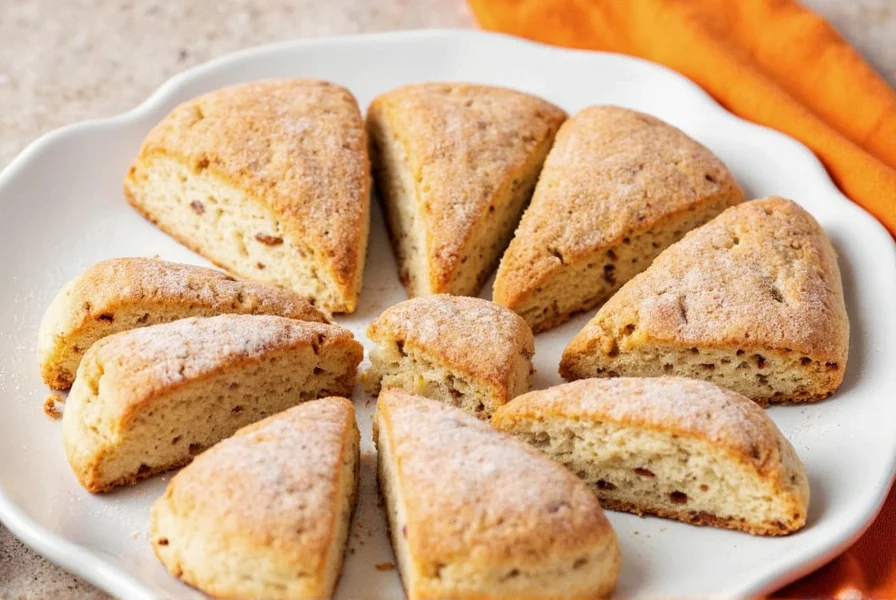
Flavor-First Choice (Occasional Use)
- Product: Saigon Vietnamese Cinnamon Quills
- Why: Highest essential oil content (3-5%) for intense aroma
- Look For: Deep reddish-brown color, thick curled quills
- Price: $8-$12 per ounce
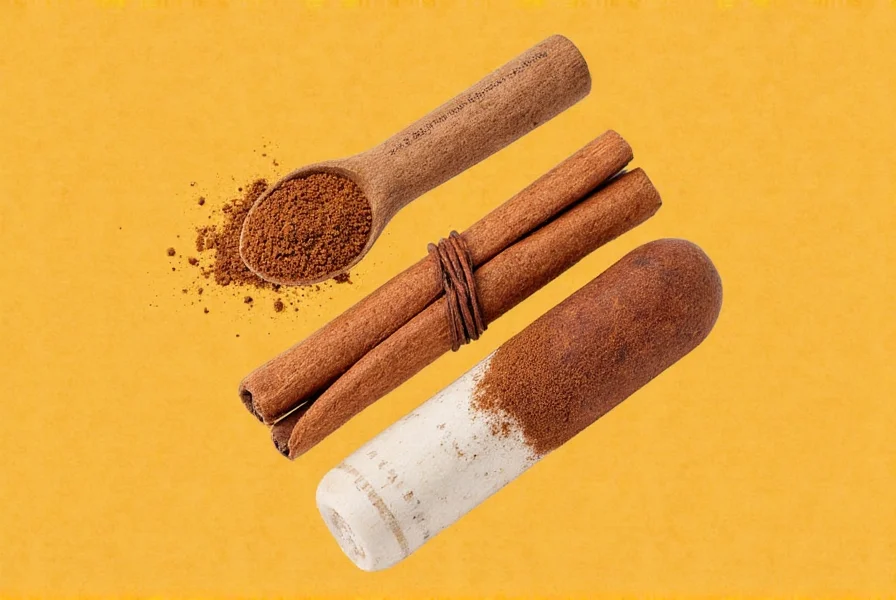
Budget-Friendly Choice (Infrequent Use)
- Product: Korintje Indonesian Cassia Cinnamon
- Why: Strong flavor at affordable price for occasional baking
- Look For: Dark brown color, thick rigid bark
- Price: $2-$4 per ounce
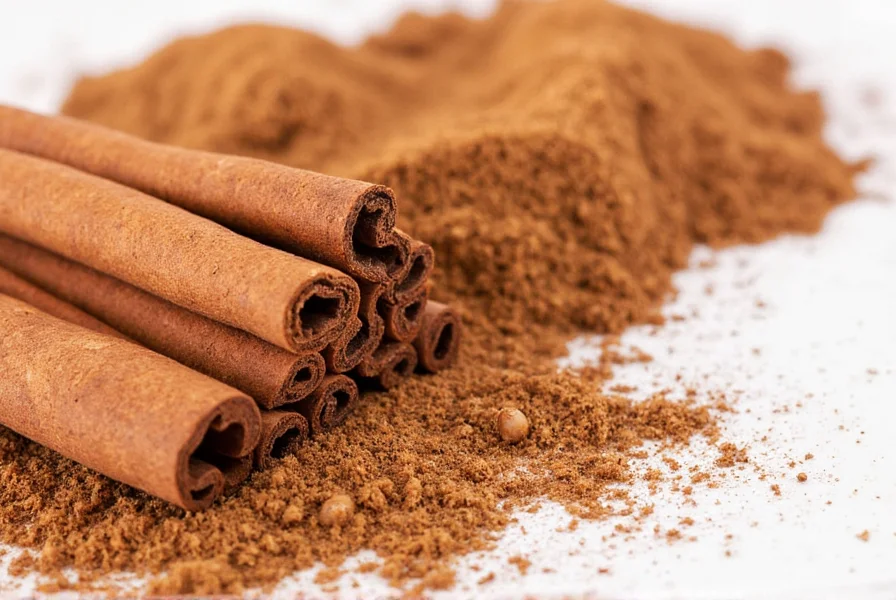
Proper Storage to Maintain Freshness
- Containers: Use airtight glass jars or metal tins—avoid plastic which absorbs flavors
- Location: Store in cool, dark pantry away from heat sources (not above stove)
- Ground vs Sticks: Ground cinnamon lasts 6-12 months; whole sticks last 2-3 years
- Refresh Test: If the aroma is weak or musty, replace immediately
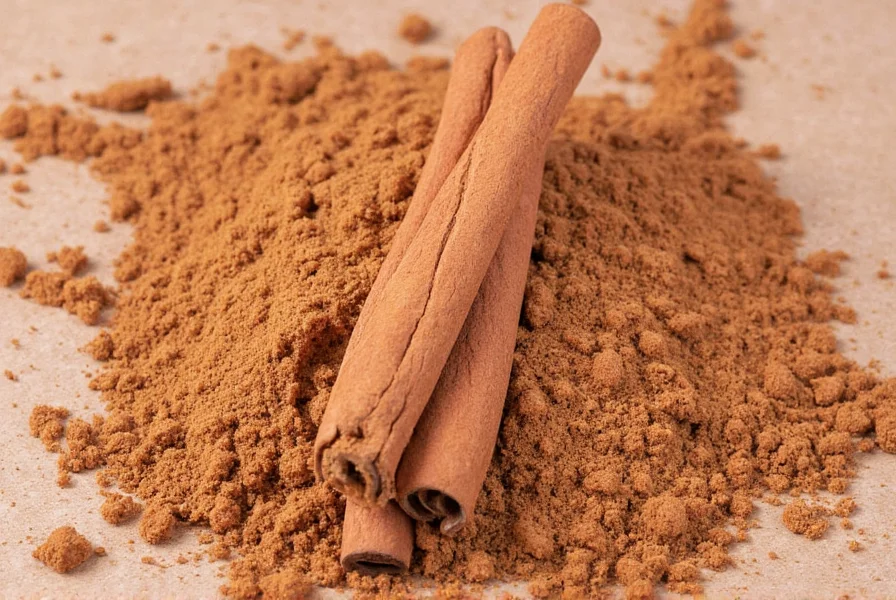
Frequently Asked Questions
What's the main health risk with Cassia cinnamon?
Cassia contains high levels of coumarin (up to 1%), which can cause liver damage with regular consumption. Health authorities recommend limiting Cassia to 1 teaspoon per day for adults. Ceylon cinnamon contains 100-200x less coumarin and is safe for daily use.
Can I substitute Cassia for Ceylon in recipes?
Yes, but adjust quantities: Cassia is 2-3x stronger than Ceylon. For delicate desserts, use 1/2 to 1/3 the amount of Cassia. For robust recipes like gingerbread, Cassia works well but limit consumption frequency due to coumarin risks.
Why is Ceylon cinnamon more expensive?
Ceylon requires meticulous hand-harvesting of thin bark from specific trees in Sri Lanka, with lower yields per tree. Cassia comes from faster-growing trees in China/Vietnam with industrial-scale harvesting, making it 3-5x cheaper to produce.
How much cinnamon is safe to consume daily?
For Ceylon: No established limit—safe for regular consumption. For Cassia: Maximum 1 teaspoon (2g) per day for adults. Children should avoid Cassia entirely. Consult your doctor if you have liver conditions.
Does cinnamon expire?
Cinnamon doesn't spoil but loses potency. Ground cinnamon stays fresh 6-12 months; whole sticks last 2-3 years. The best freshness test is aroma—if it smells faint or musty, replace it regardless of expiration date.
Is "cinnamon" on supermarket labels always Cassia?
Yes. Over 90% of cinnamon sold in U.S. supermarkets is Cassia (often labeled simply "cinnamon"). True Ceylon is typically labeled "Ceylon cinnamon" or "True cinnamon" and sold in specialty stores or online.










 浙公网安备
33010002000092号
浙公网安备
33010002000092号 浙B2-20120091-4
浙B2-20120091-4